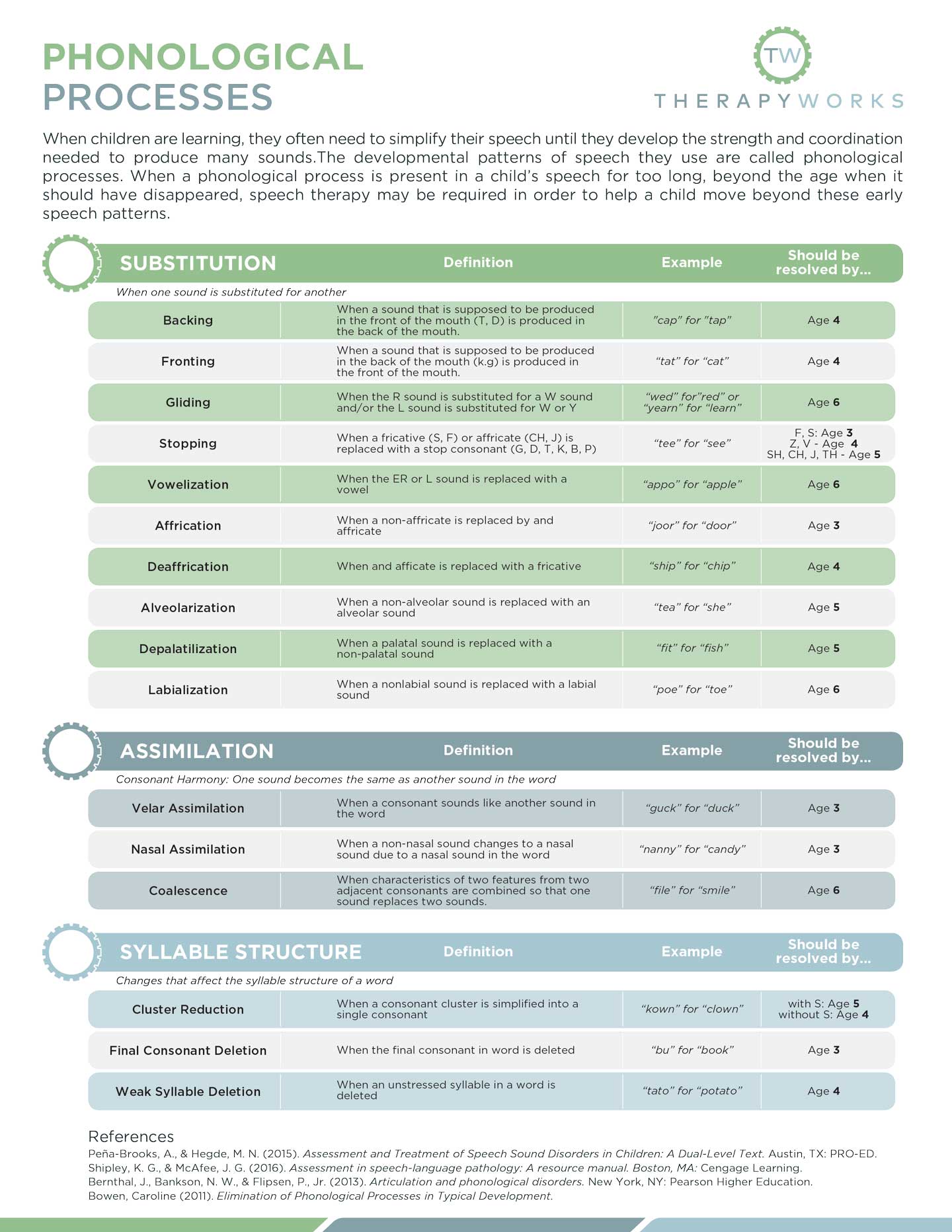Understanding Deaffrication
Deaffrication is a common speech pattern in young children where the “ch” and “j” sounds (affricates) are simplified into other sounds like “sh,” “s,” “d,” or “t.” Imagine a child saying “ship” instead of “chip” or “dump” for “jump.” It’s like their tongues are taking a shortcut, substituting simpler sounds for the more complex affricates. This is often a normal part of speech development, much like learning to ride a bike—there might be some wobbles at first, but with practice, they’ll get there. Most children naturally outgrow this by around age four.
Why Does It Happen?
Several factors likely contribute to deaffrication:
Developmental Simplification: Learning language is a complex process, and children often simplify sounds as they develop their speech skills. Affricates, which require precise coordination of the tongue, lips, and airflow, can be challenging. Substituting a simpler sound is often easier for young children as they refine their motor control.
Motor Skill Development: Producing affricates requires significant coordination. Imagine trying to tie your shoes with mittens on—it’s a similar challenge for young children whose motor control is still developing. As their motor skills improve, they gain the necessary precision to produce affricates accurately.
Phonetic Context: Interestingly, surrounding sounds can influence whether deaffrication occurs. For example, a child might pronounce “ch” correctly in “cheese” but simplify it to “sh” in “church.” This suggests that the surrounding vowels and consonants play a role in the complexity of producing the affricate. Ongoing research continues to explore these phonetic influences in more detail.
Auditory Processing: While less common, some research suggests that deaffrication may sometimes relate to how a child processes sounds. If they have difficulty perceiving the subtle difference between the affricate and the substituted sound, it may contribute to their usage of simpler sounds.
Is Deaffrication Normal?
Typically, yes. Deaffrication is a normal part of speech development for many children. While the exact age can vary, it often resolves naturally by around four years old. Some children may master these sounds earlier, while others might need a little more time. Every child develops at their own pace.
However, if deaffrication persists beyond age four or five, it might indicate a phonological disorder. This means a child may be experiencing more difficulty than expected with pronouncing certain sounds, potentially affecting their communication. It’s important not to jump to conclusions, but if you have concerns, consulting a speech-language pathologist (SLP) is always a good idea. They’re the experts in this area and can assess whether any intervention is needed.
Examples of Deaffrication
Here are some common examples of how deaffrication manifests:
| Target Word | Deaffricated Word | Substituted Sound |
|---|---|---|
| chop | shop | sh |
| chair | tear/shair | t/sh |
| chin | shin | sh |
| cherry | sherry | sh |
| chips | ships | sh |
| jump | dump/zump | d/z |
| juice | duce/zoose | d/z |
| jaw | daw | d |
| page | tage | t |
| badge | bash/badge | sh/d |
| cheese | sheese | sh |
| church | shursh | sh |
Remember, these variations are just some examples, and other substitutions are possible.
What If It Continues Past Four?
If a child continues to exhibit deaffrication beyond four or five years old, it could suggest a speech sound disorder. This doesn’t mean anything is seriously wrong, but it simply means they might benefit from some extra support. A speech sound disorder can sometimes lead to frustration and communication difficulties. Early intervention can be tremendously helpful, so it’s wise to consult with an SLP. They can properly assess your child’s speech development and recommend appropriate intervention if necessary.
How is Deaffrication Identified and Addressed?
SLPs are like speech detectives, utilizing various tools to understand a child’s speech patterns. They may use play-based activities, listen to the child talk, and analyze their speech sounds. If deaffrication is identified and intervention is recommended, SLPs have a toolbox full of techniques to help children master those tricky sounds:
Minimal Pairs: This involves contrasting words that differ by only one sound, like “chip” and “ship.” This helps children hear and feel the difference, aiding them in distinguishing and producing the correct sounds.
Auditory Discrimination: These activities help train children’s ears to hear the subtle differences between the affricate sounds and the sounds they are substituting.
Articulation Practice: This focuses on practicing the correct sounds in isolation, then gradually incorporating them into syllables, words, and sentences. It’s all about building muscle memory and coordination for clear speech.
What Can Parents Do?
Parents play a crucial role in supporting their child’s speech development:
Practice, Practice, Practice: Collaborate with your child’s SLP to learn at-home exercises. Consistent practice, even in short bursts, can make a real difference.
Positive Reinforcement: Celebrate your child’s progress, no matter how small. Encouragement and positive feedback foster confidence and motivation.
Follow the SLP’s Guidance: Trust the expertise of the SLP and follow their recommendations. Don’t hesitate to ask questions and seek clarification if needed.
Create a Supportive Environment: Read books aloud with words containing “ch” and “j” sounds. Engage in play-based activities that encourage speech and language development. Model correct pronunciation without direct pressure or correction.
Ongoing Research and Future Directions
Research in speech sound disorders, including deaffrication, is ongoing. While our understanding is continually evolving, areas of active study include:
Neurological Mechanisms: Researchers are exploring the underlying neurological processes involved in speech sound production and disorders.
Therapeutic Approaches: Studies are evaluating the effectiveness of different therapeutic methods for addressing deaffrication and other speech sound challenges.
Multilingualism and Deaffrication: Researchers are investigating how deaffrication manifests in bilingual and multilingual children, and how it might interact with second language acquisition.
Long-Term Impacts: Some studies are exploring the potential link between persistent deaffrication and later literacy skills, such as reading and spelling.
The Importance of Early Intervention
Early intervention can significantly impact a child’s communication journey. If you have any concerns about your child’s speech development, don’t hesitate to consult a speech-language pathologist. They can provide personalized guidance, support, and resources to help your child communicate with confidence. Remember, every child is unique, and seeking professional advice is always the best step when you have questions or concerns.
- China II Review: Delicious Food & Speedy Service - April 17, 2025
- Understand Virginia’s Flag: History & Debate - April 17, 2025
- Explore Long Island’s Map: Unique Regions & Insights - April 17, 2025

















1 thought on “Deaffrication Explained: Identifying and Addressing This Speech Pattern in Children”
Comments are closed.